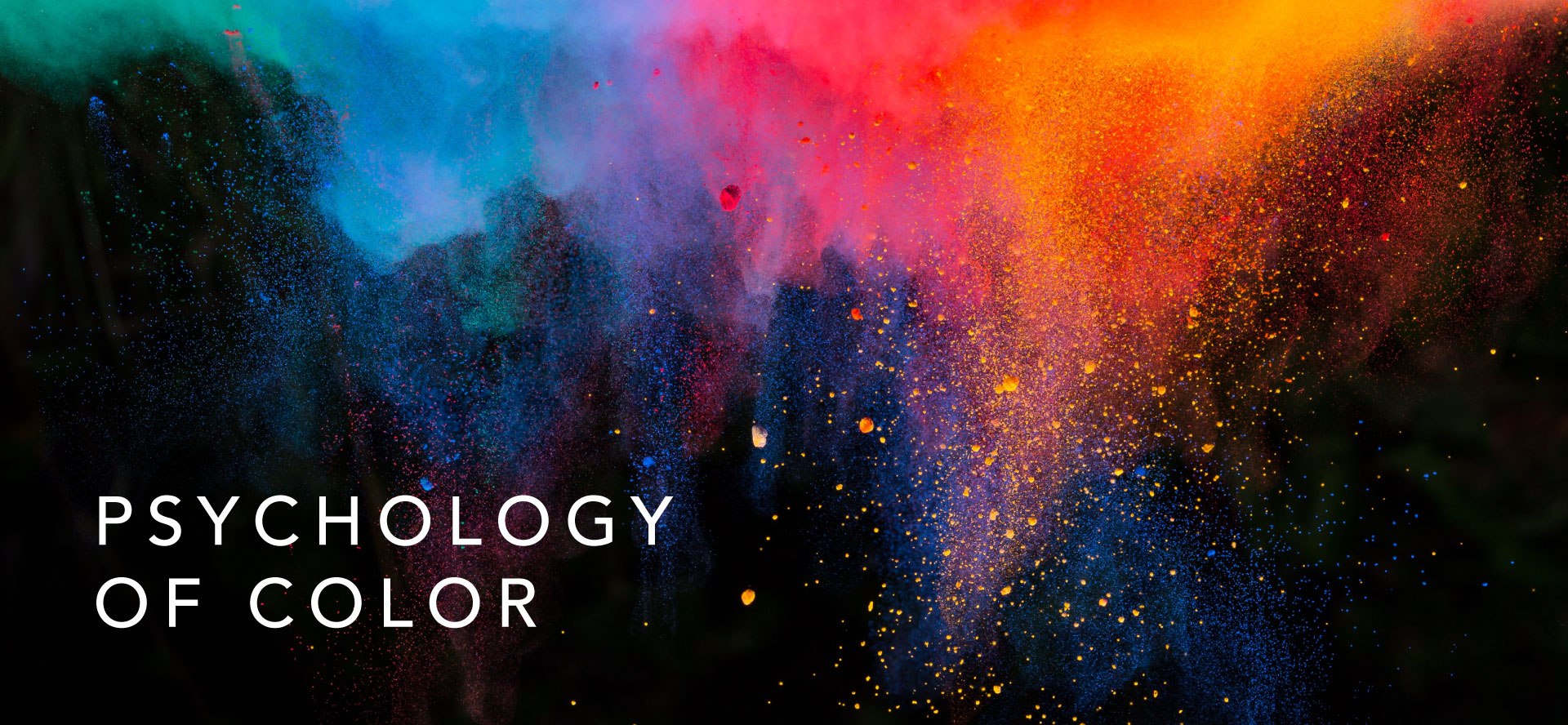In the marketing world, color is used with intention! Brands use color to subliminally communicate a feeling or emotion. Color is essential to who the brand is, their story, and is oftentimes synonymous with the brand when the company name is mentioned. For example, when thinking of Starbucks, the color green comes to mind. It’s also important to note that color has different meanings across various cultures. In China, for example, brides traditionally wear red as it represents beauty and luck in their culture. In other countries, white is worn.
Understanding color is based in science. Color is seen as a result of how objects reflect or emit light. In other words, in order to see color, light must be present. When the light hits an object, color waves bounce off and others are absorbed by it. Without diving too deep into physics, more light is reflected by bright colors, which results in higher stimulation in the eyes. We notice this in the color yellow, since the wavelength of yellow is especially long it the easiest and first color we see.
Now that we understand some basics of color, let’s take a deeper look at how color affects us psychologically.
Red – It’s no question that red has a dominating, powerful presence. It makes you stop and look. Red is interesting because it can communicate opposite feelings, depending on the context. For example, red can mean fear or love, horror or survival, aggression, or energy. For example, Coca-Cola successfully uses red in their brand, which contributes to their overall powerful tone.
Orange – Have you noticed that orange is frequently used in the food industry? That is intentional because orange stimulates our appetite! Orange also often represents physical comfort such as warmth, food, and shelter. In addition, it is associated with motivation, positivity, fun, freedom, and enthusiasm.
Yellow – Yellow is happy! Because of this, it has a powerful psychological meaning. As discussed earlier, yellow is the first and easiest color we see. Yellow is perfect for inspiration, increasing confidence, or communicating joy. Too much yellow, however, can have the opposite effect causing fear or anxiety.
Green – Balance, harmony, nature, and growth are represented by green! It gives us a sense of right and wrong since it balances emotion and logic. When we look at marketing, green successfully portrays health, wealth, rest, and stress relief.
Blue – Trustworthy and dependable blue is one of the most-liked colors across the world! It brings a mental sense of calmness and soothing. Blue gives us a more mental reaction whereas red causes us to react physically. Since blue is one of the last colors we see, if it is overused it can be viewed as unfriendly, distant, or cold.
Purple – Purple has the energy of red and the stability of blue! It is used most often to represent imagination and spirituality. Purple is also associated with luxury, royalty, mystery, and magic. It is interesting because it soothes, but allows for mystery. You will notice purple in luxury products and fairy tales!
Pink – Pink is a less intrusive version of red and creates a sense of compassion and love. We see pink used in the context of hope, caring, romance, femininity, and nurturing. An example of pink representing care and hope is in breast cancer awareness. If overused, pink can be viewed as draining, chaotic, and immature.
Gold – Across the world, gold represents luxury and treasure. We also see gold’s element of friendliness, prosperity, and attraction. Too much gold comes off as egotistical and gaudy. To avoid this, gold makes for a good highlight on black or brown, rather than as the main color. Gold is commonly seen in luxury products (like purple), jewelry, and awards.
Black – Sleek black is commonly used to portray tones of seriousness, sophistication, elegance, and independence. Black is the complete absence of light and lacks color, making it hidden and separate. In marketing, it is great to use for legibility and contrast. Don’t use too much black or it will come off as too powerful and negative. We see black commonly in professional and luxury products.

